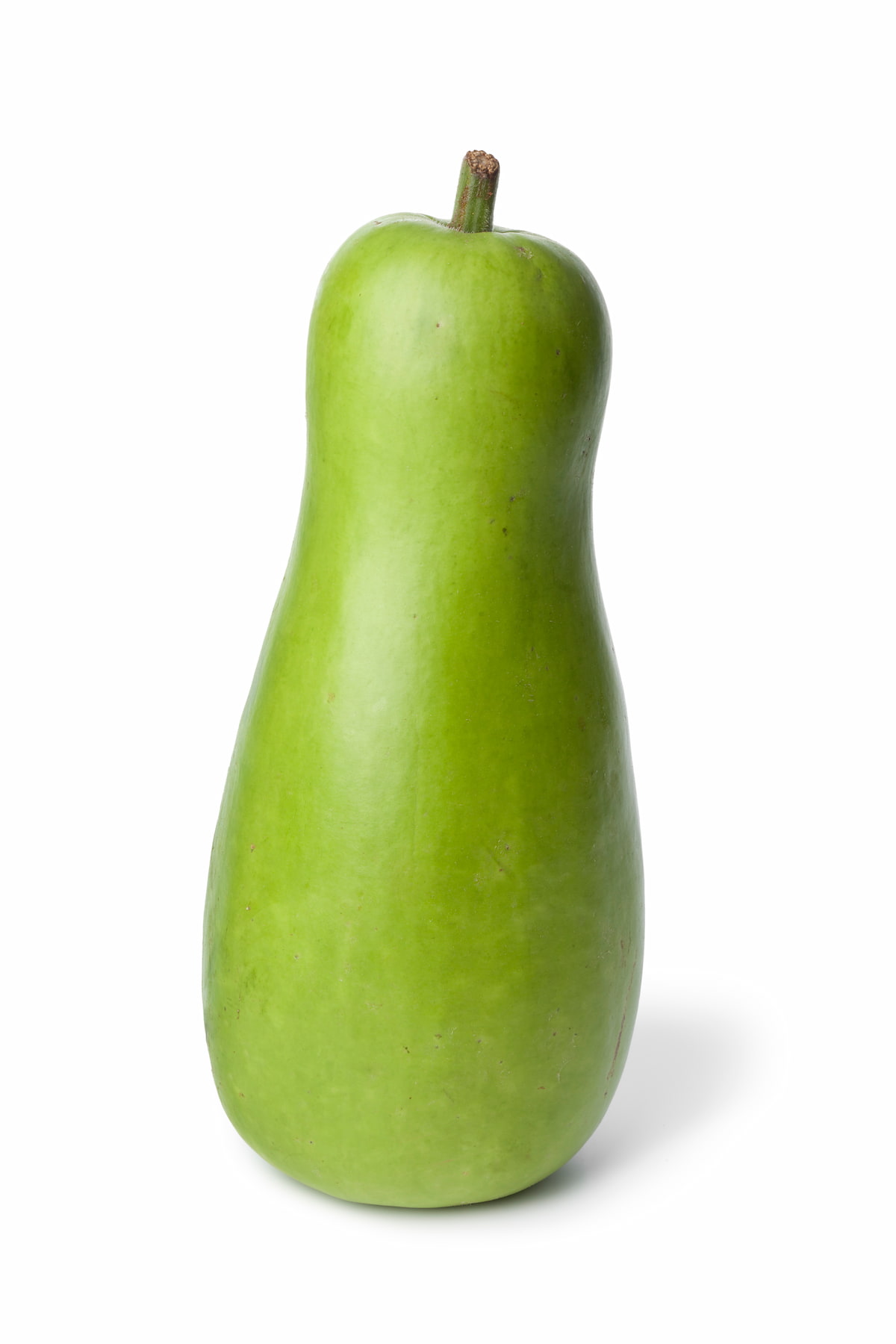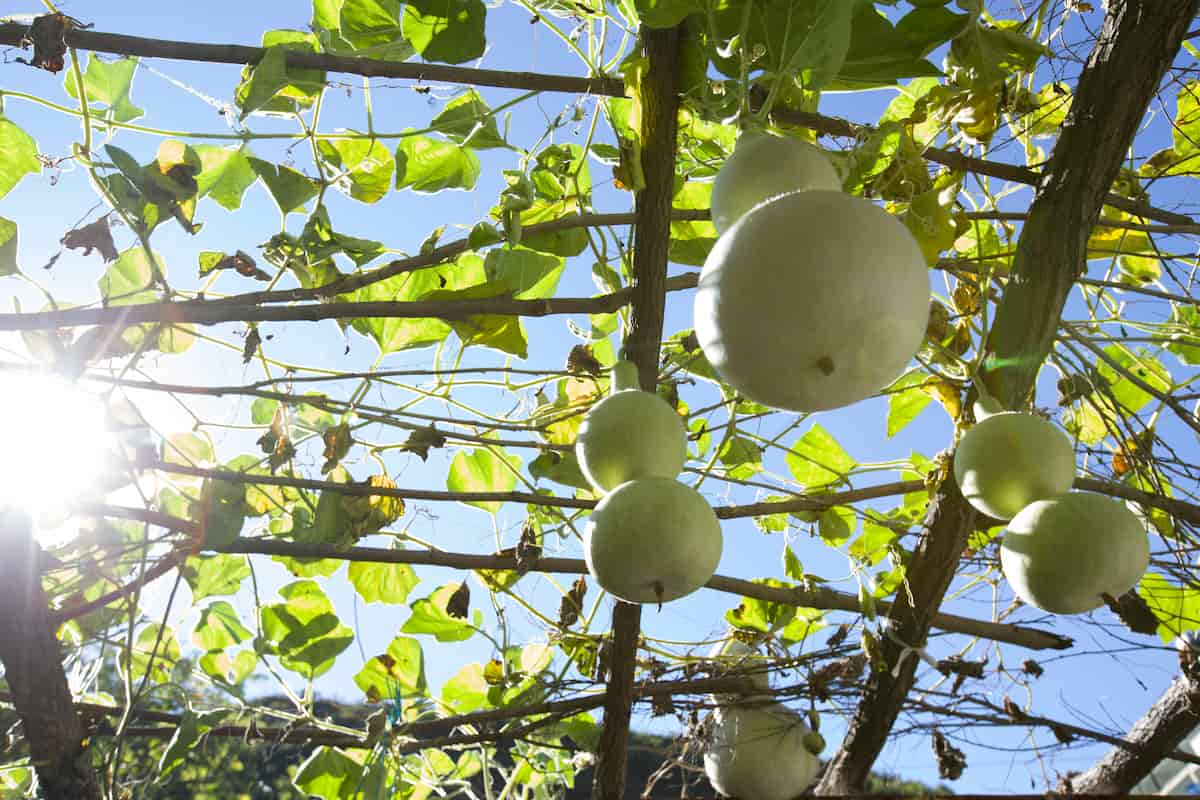Bottle gourd is another popular vegetable crop that can benefit from increased female flower production. The female flowers of the bottle gourd are crucial for fruit development and yield. Some simple steps can be taken to promote the growth of female flowers in bottle-gourd plants. These include maintaining optimal soil conditions, providing adequate water and nutrients, pruning the plants regularly, ensuring proper pollination, and managing pests and diseases.

Additionally, plant growth regulators, such as gibberellic acid, can help increase the number of female flowers. Farmers can also use companion planting techniques, such as intercropping with legumes or other nitrogen-fixing plants, to improve soil fertility and promote plant growth. Farmers can maximize their bottle-gourd production and profitability by implementing these strategies.
How to Increase Female Flowers in Bottle Gourd
Introduction to Bottle Gourd Cultivation
Bottle gourd, known as calabash, is a popular vegetable crop widely cultivated for its edible fruit. It is an annual vine that belongs to the Cucurbitaceae family and is native to Africa. Bottle gourd cultivation is popular in many parts of the world due to its high nutritional value and versatile culinary uses.
The fruit of the bottle gourd is low in calories, rich in dietary fiber, and contains essential vitamins and minerals. It is commonly used in soups, stews, and curries and can be cooked as a side dish. Bottle gourd cultivation requires warm weather, good soil, and proper management practices for optimal yield and quality.
Understand the Anatomy of Bottle Gourd Flowers
Bottle gourd flowers are characterized by a bell-shaped corolla and a large, showy stigma that protrudes above the corolla. The flower consists of male and female parts essential for pollination and fruit development. The male flowers are borne on long, slender stalks, while the female flowers are typically larger and have a swollen ovary at their base. The female flowers can be identified by their large, round stigma, which is receptive to pollen during the flowering period.
The stigma is surrounded by several stamens, which produce the male gametes necessary for fertilization. Once pollination occurs, the ovary at the base of the female flower begins to swell and develop into the characteristic bottle-shaped fruit of the plant. Understanding the anatomy of bottle gourd flowers is essential for proper pollination and fruit set, which are critical factors in successful bottle gourd cultivation.
Best Variety of Cultivation Bottle Gourd
Several bottle gourd varieties, each with unique characteristics and qualities, are available for cultivation. Some popular bottle gourd varieties include Pusa Summer Prolific Green, Pusa Summer Prolific White, Pusa Naveen, Pusa Hybrid Round, Arka Bahar, Arka Kusumakar, Coimbatore Long, CO 1, and CO 2. Other varieties include Manjri Green, Manjri Supreme, Hybrid Ceylon, Hybrid Round, Lok Sweta, Swarna Kanta, Pusa Manjari, Uttar Pradesh Pusa Komal, and Pusa Kasauli. These varieties differ in terms of their fruit shape, color, size, and taste.
Optimal Growing Conditions for Bottle Gourd
- Bottle gourd grows best in warm and humid climates with an average temperature of 25-30°C and a minimum temperature of 15°C.
- It requires well-drained loamy soil with a pH range of 6.0 to 7.5, rich in organic matter, and good water-holding capacity.
- Bottle gourd is a heavy feeder and requires adequate fertilization, with nitrogen, phosphorus, and potassium being the primary nutrients required for optimal growth.
- The crop requires regular watering, especially during the flowering and fruiting stages, to prevent wilting and promote proper fruit development.
- Bottle gourd is susceptible to pests and diseases like powdery mildew, fruit fly, and spider mites. Hence, regular monitoring and appropriate pest control measures are essential.
- Proper pruning and training can help promote better plant growth and reduce the incidence of pest and disease attacks.
- Bottle gourd is a vine crop and requires support structures, such as trellises or stakes, to prevent the fruits from rotting on the ground and to maximize space utilization.
- Crop rotation with other crops is necessary to prevent the buildup of soil-borne pests and diseases.
In case you missed it: How to Increase Female Flowers in Cucumber: Explained in 10 Simple

Bottle Gourd Flowering Stage
The flowering stage of bottle gourd usually occurs 30-40 days after sowing. The plant consists of both male and female flowers on the same plant. The male flowers appear first, and they help in attracting pollinators like bees and butterflies. The female flowers appear a few days later and have a distinct ovary at the base of the flower. The ovary develops into a fruit after successful pollination.
Proper care and management during the flowering stage are crucial for optimal fruit development. Adequate watering, fertilization, and pest control are essential to prevent flower damage and promote fruit set. It is also important to ensure proper pollination by attracting pollinators or manually pollinating the flowers.
Factors that Affect Less Female Flowers in Bottle Gourd
- Temperature: High temperatures above 35°C or low temperatures below 15°C can affect flower production in bottle gourd plants.
- Moisture: Excessive moisture in the soil can lead to waterlogging, which can affect the growth and development of the plant, including flower production.
- Nutrient deficiency: Lack of nutrients such as phosphorus, potassium, and magnesium can lead to poor flower development.
- Pest and disease infestation: Pests and diseases can damage the plant’s reproductive structures, affecting flower development and production.
- Improper pollination: Pollination due to a lack of pollinators or proper manual pollination techniques can result in a low fruit set.
- Genetic factors: Certain bottle gourd varieties are prone to producing more male flowers, which can result in a low fruit set.
- Improper pruning: Improper pruning can affect the balance of vegetative and reproductive growth, resulting in fewer female flowers.
- Environmental stress: Environmental stress factors such as drought, excessive heat, or exposure to toxins can affect flower development and production.
- Soil pH: High or low soil pH can affect nutrient availability and uptake, impacting flower development.
- Overcrowding: Overcrowding can lead to competition for resources such as nutrients and water, resulting in poor flower development.
10 Simple Tips to Increase Female Flowers in Bottle Gourd
- Optimal soil conditions: Bottle gourd plants prefer well-drained, loamy soil with a pH range of 6.5 to 7.5 and rich in organic matter.
- Proper watering: Water the plants regularly and avoid over-watering, which can lead to waterlogging and root damage.
- Timely fertilization: Apply fertilizers at the right time and amount to ensure healthy plant growth and flower development.
- Adequate sunlight: Bottle gourd plants require at least 6-8 hours of sunlight daily for good growth and flower development.
- Proper pruning: Prune the plants regularly to promote branching and encourage the production of more flowers.
- Regular weeding: Keep the planting area free of weeds, which can compete with the plants for nutrients and water.
- Pollination: Ensure proper pollination by attracting pollinators like bees and butterflies, or manually pollinate the flowers using a brush or cotton swab.
- Pest management: Monitor the plants regularly for pests and diseases to take measures to control them.
- Timely harvesting: Harvest the fruits promptly to encourage the production of more flowers.
- Crop rotation: Rotate bottle gourd cultivation with other crops to prevent the outspread of pests and diseases in the soil
In case you missed it: How to Increase Female Flowers in Bitter Gourd: A Guide of Bitter to Better

Conclusion
Optimizing female flower production in bottle gourd is crucial for higher yield and better quality. By maintaining optimal growing conditions, adequate watering, fertilization, sunlight exposure, pruning, weeding, and pest management, farmers can promote the growth of female flowers. Proper pollination, timely harvesting, and crop rotation also contribute to better yield. Regular monitoring and care can help farmers achieve a more abundant yield and maximize their profits while promoting sustainable agricultural practices.
- Feed Your Flock for Less: Top 10 Tips to Save on Chicken Feed
- Ultimate Guide to Ossabaw Island Hog: Breeding, Raising, Diet, and Care
- Hatching Answers: The Top 10 Reasons Your Chickens Aren’t Laying Eggs
- Eggs and Economics: Breaking Down the Cost of Raising Backyard Chickens
- Defend Your Greens: Proven Methods to Keep Iguanas Out of Your Garden
- Ultimate Guide to Cinnamon Queen Chicken: A Comprehensive Guide for Beginners
- Ultimate Guide to California Tan Chicken: Breeding, Raising, Diet, Egg-Production and Care
- Ultimate Guide to Marsh Daisy Chicken: Breeding, Raising, Diet, and Care
- 10 Types of Chicken Farming Businesses You Can Start for Profits